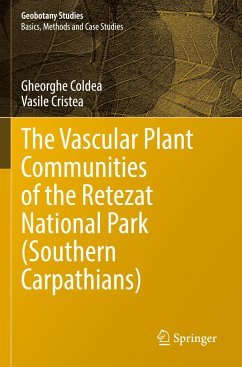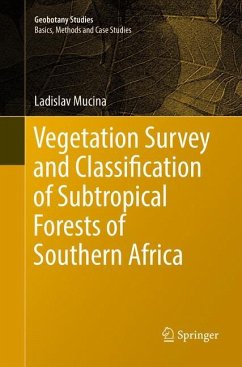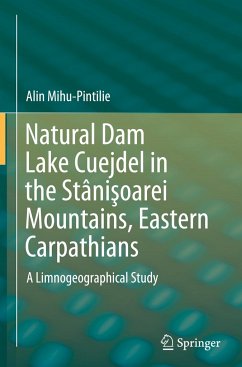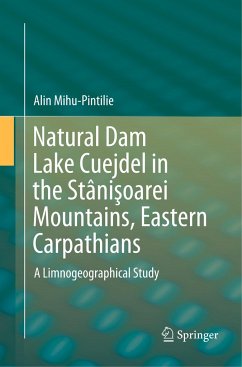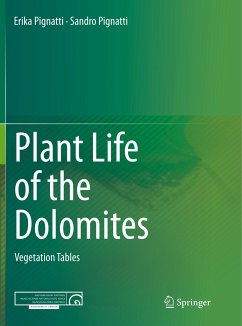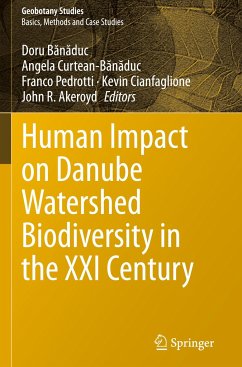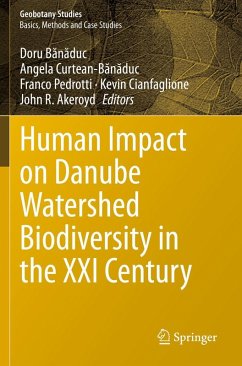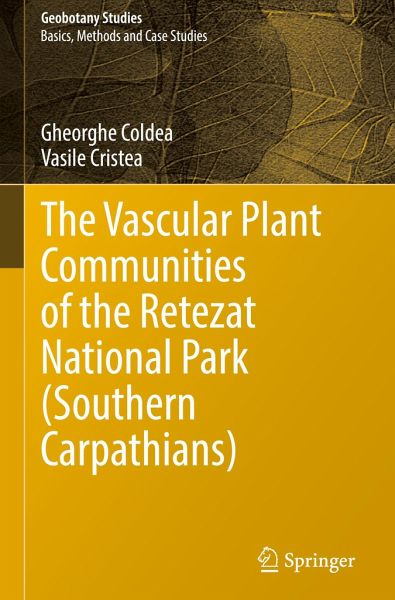
The Vascular Plant Communities of the Retezat National Park (Southern Carpathians)
Versandkostenfrei!
Versandfertig in 1-2 Wochen
75,99 €
inkl. MwSt.
Weitere Ausgaben:

PAYBACK Punkte
38 °P sammeln!
The floristic studies carried out during the 19th and 20th centuries in the Retezat Massif identified 1,152 plant species and 104 subspecies within the Cormobionta sub-regnum. Of these, about 12% are endemic Carpathian and Dacian-Balkan taxa that induce a regional specificity to the hosting communities. The phytocoenological research led to the description of 67 plant associations, grouped in 28 alliances, 19 orders and 13 vegetation classes. These classes are: Asplenietea trichomanis, Thlaspietea rotundifolii, Salicetea herbaceae, Montio-Cardaminetea, Scheuchzerio-Caricetea fuscae, Oxycocco-S...
The floristic studies carried out during the 19th and 20th centuries in the Retezat Massif identified 1,152 plant species and 104 subspecies within the Cormobionta sub-regnum. Of these, about 12% are endemic Carpathian and Dacian-Balkan taxa that induce a regional specificity to the hosting communities. The phytocoenological research led to the description of 67 plant associations, grouped in 28 alliances, 19 orders and 13 vegetation classes. These classes are: Asplenietea trichomanis, Thlaspietea rotundifolii, Salicetea herbaceae, Montio-Cardaminetea, Scheuchzerio-Caricetea fuscae, Oxycocco-Sphagnetea, Molinio-Arrhenatheretea, Caricetea curvulae, Loisleurio-Vaccinietea, Elyno-Seslerietea, Mulgedio-Aconitetea, Carpino-Fagetea and Vaccinio-Piceetea. The following plant associations herein described are new syntaxa: Phyteumo confusi-Junicetum trifidi, Salici kitaibelianae-Dryadetum octopetalae and Aconito taurici-Rumicetum alpine. For the protection of some rare plant species and vulnerable plant associations, two natural reserves are proposed to be created within the "Limestone Retezat" area.



